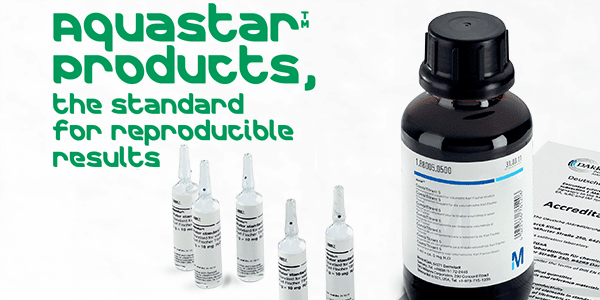This application note discusses how rheometry can be a valuable tool for characterizing and comparing the melting properties, hardness and tackiness of butter and how this can be correlated with ease of spreading. Butter is a multiphase emulsion consisting of fat globules, crystalline fat and an aqueous phase dispersed in a continuous oil phase. This complex microstructure governs the physical properties of butter including its texture, appearance and how easily it spreads, which are critically important for consumer acceptance.
Introduction
Butter is a multiphase emulsion consisting of fat globules, crystalline fat and an aqueous phase dispersed in a continuous oil phase. Along with taste, the most important properties of butter in terms of customer perception are texture, appearance and spreadability. Hardness and spreadability are inversely related to each other and are also the two most commonly measured properties of butter (Wright 2001). Both are known to be heavily dependent on temperature but will also be affected by the cooling rate post churning, and regional or seasonal variation caused by a cow’s diet (Prentice 1972).
Rheology can be a useful tool in characterizing and optimizing the textural properties of butter. The shear modulus is related to product stiffness, which can be measured as a function of temperature using oscillatory testing, and the yield stress represents the stress that must overcome for the butter to deform plastically i.e. spreading. Modern rheometers such as the Kinexus rotational rheometer also have advanced axial capabilities which can be useful for investigating other characteristics of butter such as hardness (compressability) and tack (stickiness).

Rheological Measurements
- The two butter samples were evaluated over the temperature range 4°C to 35°C using small amplitude oscillatory testing and axial testing
- Measurements were made using a Kinexus rheometer with a Peltier plate cartridge and a roughened plate-plate measuring system and utilizing preconfigured sequences in the rSpace software
- A standard loading sequence was used to ensure that the samples were subject to a consistent thermal history and loading protocol
- A single frequency strain-controlled temperature ramp test was performed between 4°C and 35°C at a rate of 2°C/min using a strain within the Linear Viscoelastic Region (LVR)
- An axial compression-decompression cycle was performed at 4°C on 1 mm of fresh sample and the normal force response measured to determine hardness and tack





